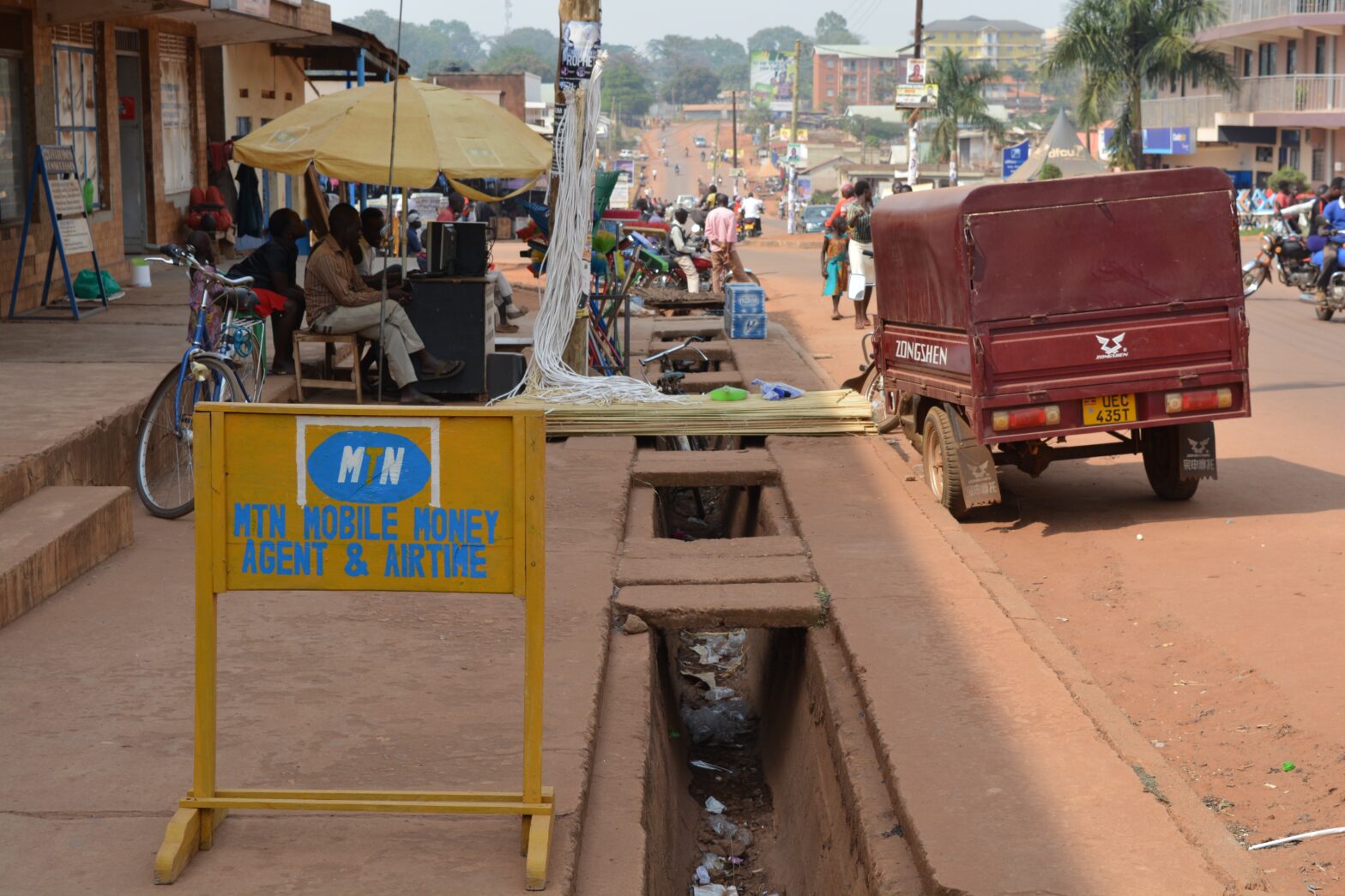What does WorldRemit do?
WorldRemit is an international remittance service. We offer money transfers, primarily for people who are from the developing world who are living and working abroad in developed countries. They want to send money back home to support them in their daily lives; so from helping to pay school fees, to medical care and to groceries.
We were founded in 2010 and WorldRemit is now available in 50 countries all over the world. From the service, you can send to more than 140 countries and what we offer, essentially, is the option to send money via a number of different methods, and for the recipient to retrieve the money in a number of different ways.
Many of the workers from developing countries who have shifts need a way to send money that is online, via an app, so they don’t have to go through the traditional methods, like Western Union, which might not be so convenient to them.
>See also: Is the mobile the future of payments?
WorldRemit allows users to send money online, or through our mobile app. On the receiving side the customer can pick up the money ‘in-store’ (as is traditional), have it sent directly into their account or, have it sent to their mobile money account. Mobile money is a very large and fast growing industry.
Essentially our aim is to enable, through the variety of receiving options, people to send and receive money instantly in a digital form. We’ve grown incredibly quickly over the last couple of years and now we are currently transferring 580,000 transactions a month (and that’s up from about 330,000 transactions this time last year). The US is our fastest growing market at the moment and we see it driven, mainly, by the ability to send money into mobile money accounts.
Our transfers typically are a much smaller size from what you see in traditional remittance services. We see a typical transaction size of less than £100 or $100, because of the ease with which the money is sent. It’s like sending a message.
Remittance depends on the accessibility of the receiving network. So if you’re not connected to the the ways that people are going to receive money in the receiving country, then your service is essentially worthless.
What’s really important is ensuring that we continue to offer a wide a variety of options for our customers on the receiving side. That means, partnering with banks, telecoms operators and the bureau de change cash pickup agencies to build those relationships.

How does WorldRemit differ to other remittance services?
If you take the remittance industry as a whole, it moves $600 billion annually. This money is sent by people to other people around the world purely for remittances. 90% of that industry, today, is still offline. So it is literally, you walk into a newsagents on the high street, the money is processed and then sent.
The online remittance space is actually quite small and WorldRemit was one of the first to set up as an entirely online business and today we are a leading provider of online remittance services that is fully global.
Our USP [unique selling point] is being first of all, primarily digital (online) – already 50% of our transfers are done via the mobile app – but also we specialise in being instant.
>See also: Mobile payments and loyalty programs will lead to a cashless economy
So, when you send a transfer that money is then available within a minute or two. That mobile to mobile experience provides the difference. More than 50% of the transfers going to sub-Saharan Africa go through our mobile money accounts and mobile money now represents more than a third of all of our transactions globally.
And that is something that WorldRemit is very much pioneering and has a strong leadership position compared to any other business in this sector. Also, one of the app’s unique features is that when you log on the first thing that comes up is your existing recipient list, which combined with an in-app calculator really makes this service incredibly easy and fast to use for our customers.
What is the current state of the mobile payment industry?
M-Pesa is the most famous mobile money service, the one that if anyone has heard of the industry they will have heard of this one.
Essentially, it is a service run by a mobile telecoms operator whereby you have an electronic account that is linked to your SIM card and you don’t have to have a bank account to access this. You don’t have to have data or Wi-Fi, or even a smartphone.
It’s accessible on very basic phones, like the old Nokia 310s and essentially the customer can load cash into this account and then use it to send money to people domestically, to pay bills or even receive salaries via this method.
This is a service that is targeted primarily towards ‘unbanked’ people. The World Bank estimates that there are two billion people in the world that don’t have a bank account or any formal means of managing their money.
What we know today is that mobile money has grown to such an extent that there are 500 million mobile money accounts around the world, and these services are operational in more than 90 countries.
>See also: The point-of-sale industry enabling payment
It’s not just Kenya and East Africa – where the birth of the industry took place with the launch of M-Pesa in 2007 – but actually in places like Pakistan, El Salvador, Guatemala and all throughout Latin America (which is one of the fastest growing regions for mobile money), likewise South Asia.
All these countries and regions, again the population has a very high percentage of ‘unbanked’ people, but now most people have a phone – or at least access to one. Through this they can make digital transactions. It is mainly a domestic phenomenon and none of these operators can receive funds from abroad.
This is certainly a technology that should be included in a change the world segment, because mobile money has been recognised by The World Bank and the IMF as a technology that is truly bringing financial change to not only individuals in terms of enabling them to be included in the digital and financial economy, but also to nations.
McKinsey, for example, put out a report last year on the digitisation of payments and the contribution that services like mobile money can make to the global economy. It suggested that digital finance could raise GDP around the world, in emerging economies, by $3.7 trillion by the year 2025.
It’s something we talk about in fintech. Who are the other players, other than banks who can really act efficiently in this area? And when it comes to financial services, telecoms operators really are leading in this space in developing countries.







